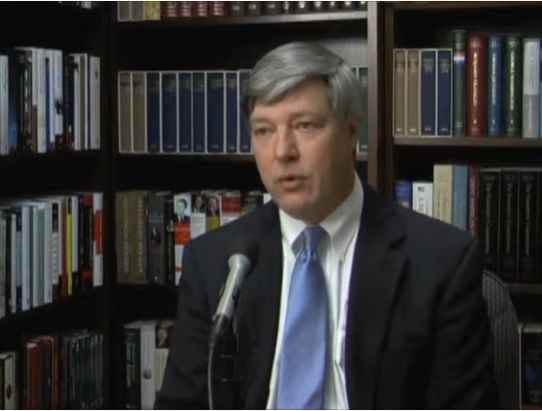
Editor’s note: This commentary from William Mattox, director of the Marshall Center for Educational Options at the James Madison Institute and a reimaginED guest blogger, is an excerpt from a new JMI report. It appeared Saturday in the Gainesville Sun.
Even though he does not always drink Dos Equis, Bart Danielsen is quite possibly the Most Interesting Man in the World of Education Policy today. Or at least the Most Unlikely Man.
Danielsen is a business school professor who specializes in real estate. He’s an expert in housing patterns, not pedagogical practices. And when Danielsen isn’t fielding questions about finance (as the author of a best-selling textbook on the topic), the University of Florida alum is often exploring ways to spur new development in communities that desperately need economic revitalization.
Which is how Danielsen first got interested in education choice.
Several years ago, Danielsen began seeing a pattern that he found extremely interesting: When localities adopted school choice scholarships offering universal eligibility, they experienced significant economic improvement, particularly in less affluent neighborhoods. That’s because universal school choice scholarships removed an anchor weighing down distressed parts of town — the requirement that all families living there must attend the local public school (or else forfeit access to the per-pupil funding available for their children’s education).
Removing this anchor made these less affluent areas more attractive to middle-income parents. As a result, upwardly mobile families with historic ties to the neighborhood increasingly chose to live there. As did couples that had purchased a starter home in the community who didn’t want to uproot and start all over somewhere else.
The increase in the stable, middle-income population meant that these once-distressed areas could now attract new businesses (banks, grocery stores, etc.) and more jobs to their side of town.
To continue reading, click here.


